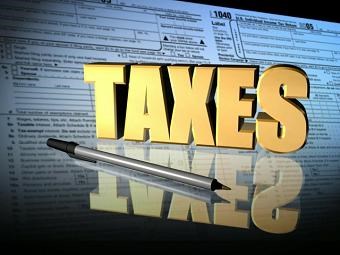It’s obvious no one likes to see their tax bill going up.
But, it is more palatable when the results are generally positive.
For taxpayers in Yorkton they seem to be seeing the two-sides of that coin.
On the one side the province has chopped the provincial bus service, cut funding to many urban municipalities by tearing up long held grants in lieu contracts, and implemented ridiculously unfair tax on ‘book value’ of used cars, yet highways remain pock-marked, infrastructure support for communities is almost non-existent and voters are wondering what happened to the money generated through the best economic times in our province’s history.
Then there is the City of Yorkton.
Yes, property taxes have jumped. In 2017, a big chunk of the increase was a direct result of provincial offloading thrown at the City months into the budgetary year, leaving the local Council with little option but to turn to taxpayers to cover the shortfall.
This year property taxes again climbed, and there are those who will suggest Council might have used a sharper knife to trim costs, rather than again expecting property owners to dig deeper into their wallets, but where dollars are going locally can be seen.
Last week Mayor Bob Maloney gave a ‘state-of-the-union’ address to the local Chamber of Commerce luncheon. During the presentation Maloney took the opportunity to give a broad overview of where the city spends tax dollars. In broad terms 16.8 cents of every dollar goes to capital construction. Other costs include; 15.4 cents to public works, 6.8 to the Gallagher Centre, 10.4 to parks and recreation, 8.4 to fire protection, 14.3 to RCMP and 10.2 to administration and finance.
The tax dollars collected have largely been reinvested in the city, suggested Maloney. Pointing to the period 2014 to 2017, $12 million has gone into drainage projects, $5.3 in sewer and water, and $5.1 million in roads as examples.
This year the City will invest $30 million in capital projects, $5 million coming from the tax base, and the remainder coming from the reserves and self-sufficient utilities such as water and the landfill, explained Maloney, adding the work will necessitate $7 million in borrowing.
The work includes some $6.7 million for a new landfill cell, $2.7 million for a new Highway 9 bridge, $950,000 for the Highway 9 intersection, and $750,000 for a pedestrian bridge and pathways work.
The City is also beginning a two-year program to ‘shave and pave’ Broadway Street. Maloney said Council is aware they are laying new top pavement over underground water and sewer infrastructure that is a century old.
A complete redo of the street was estimated at $50 million-plus, and with grant requests from federal/provincial programs turned down since 2014, “the only option is to ‘shave and pave’,” said Maloney.
While the details might be argued, the need to address aging infrastructure issues is obvious. We either start upgrading by degrees today, or somewhere down the road, perhaps sooner than we realize, failures are going to require massive dollars we simply cannot afford.
As it is, even with the additional borrowing the city will have a debt of about $15 million “well within the $42 million” allowed by the province, offered Maloney. He added, “I know some cities smaller than Yorkton with four times that (debt load).”
That suggests the tax hikes have addressed needs now, without forcing residents to pay for the work too far into the future.



